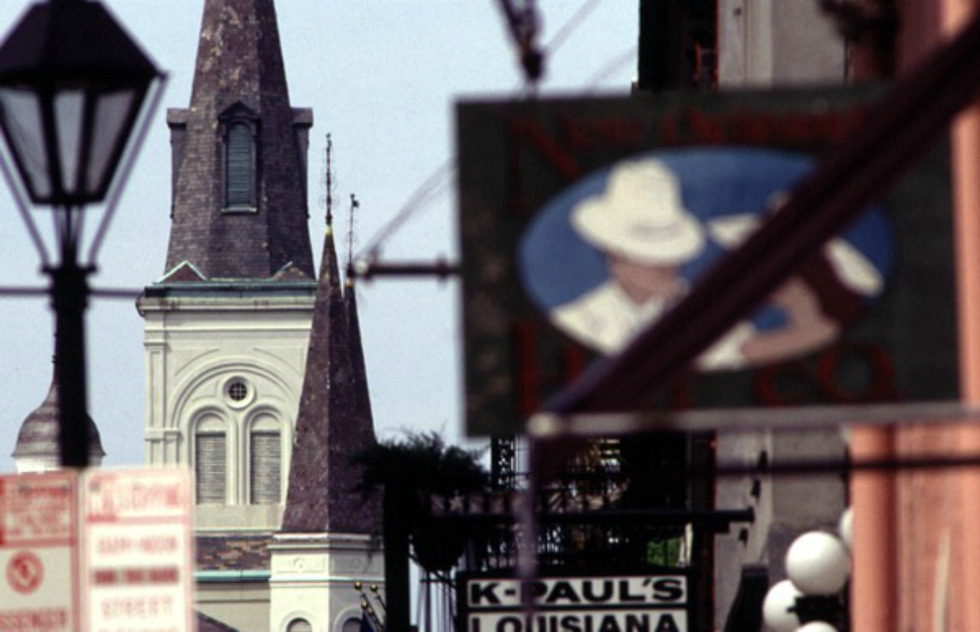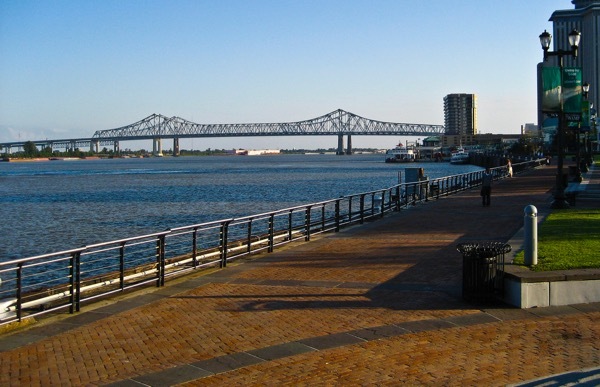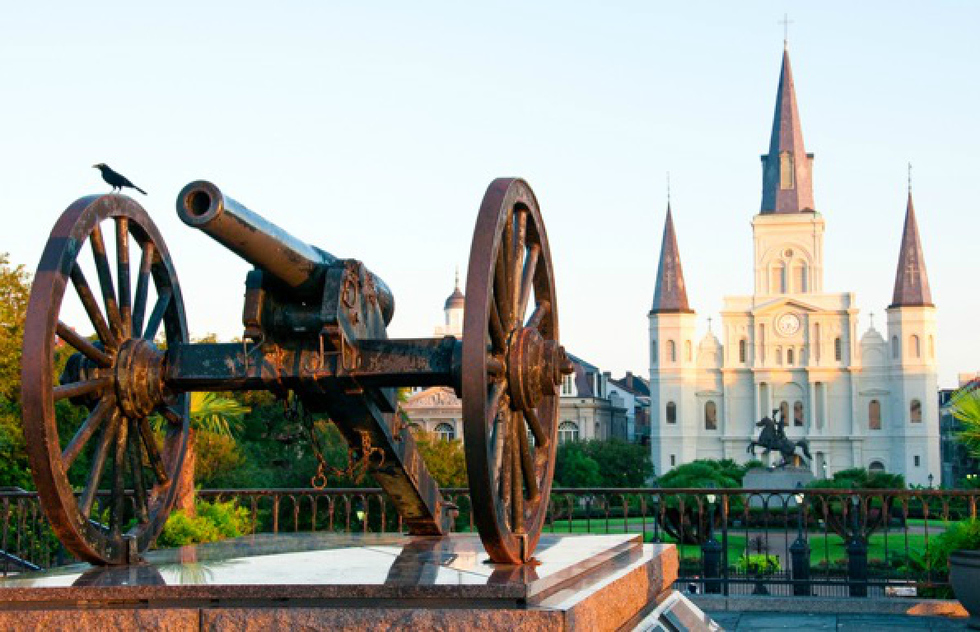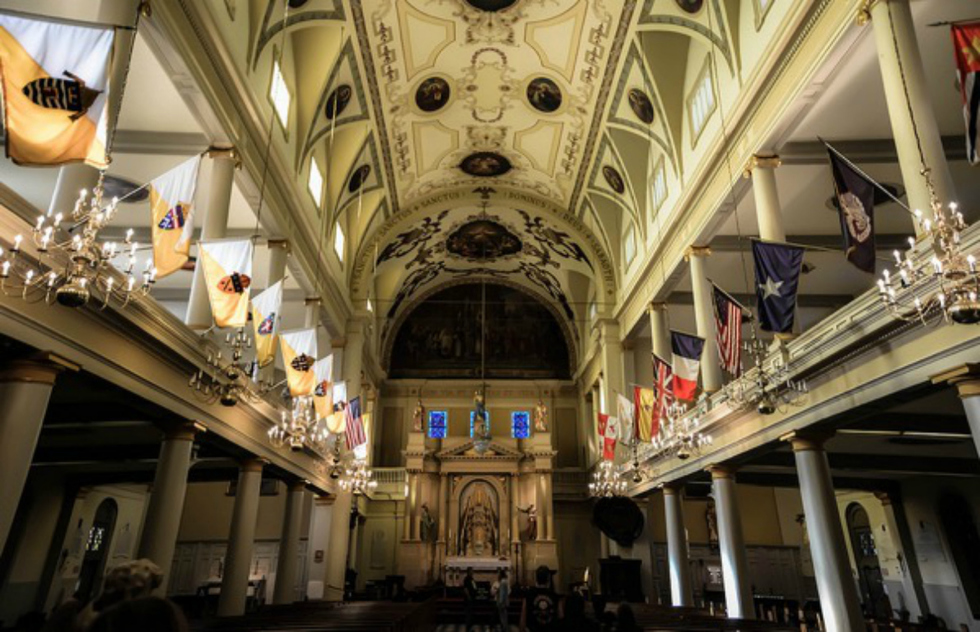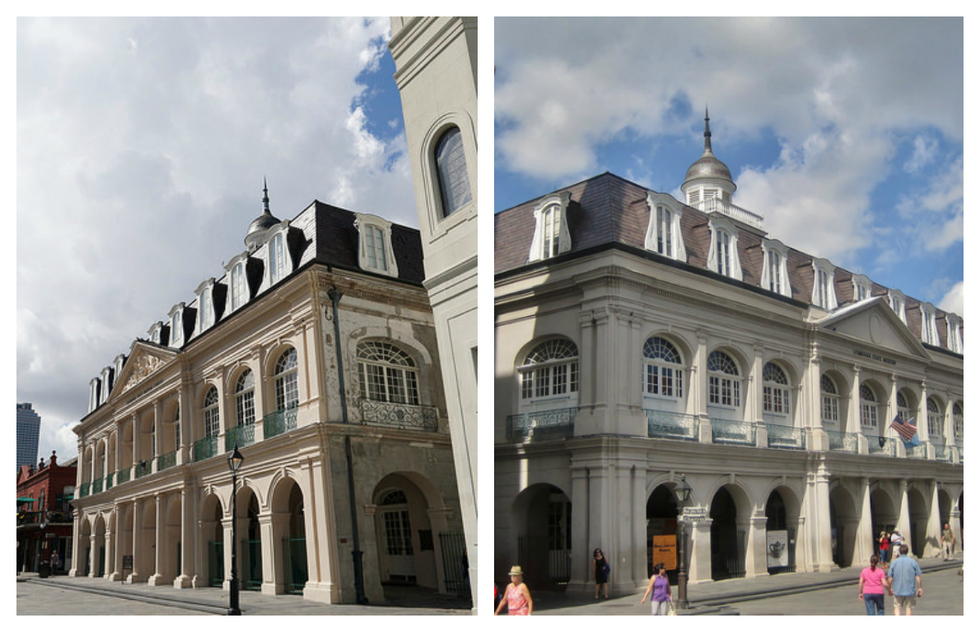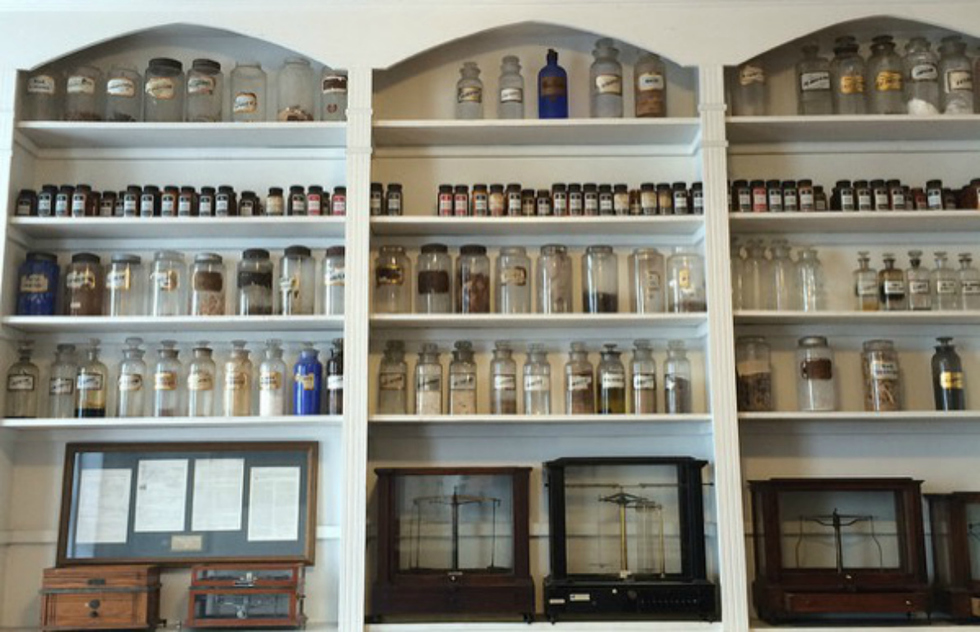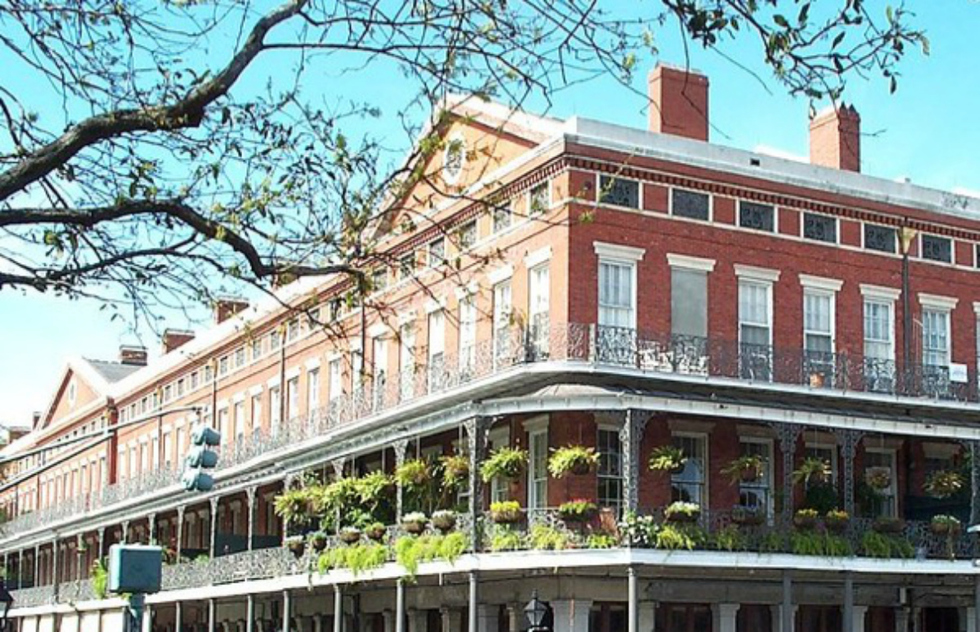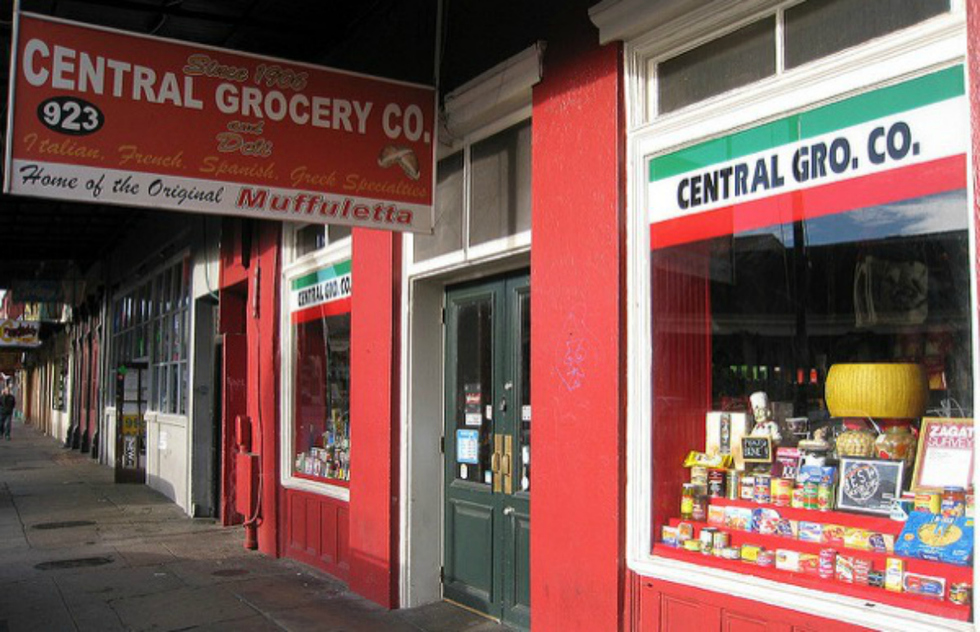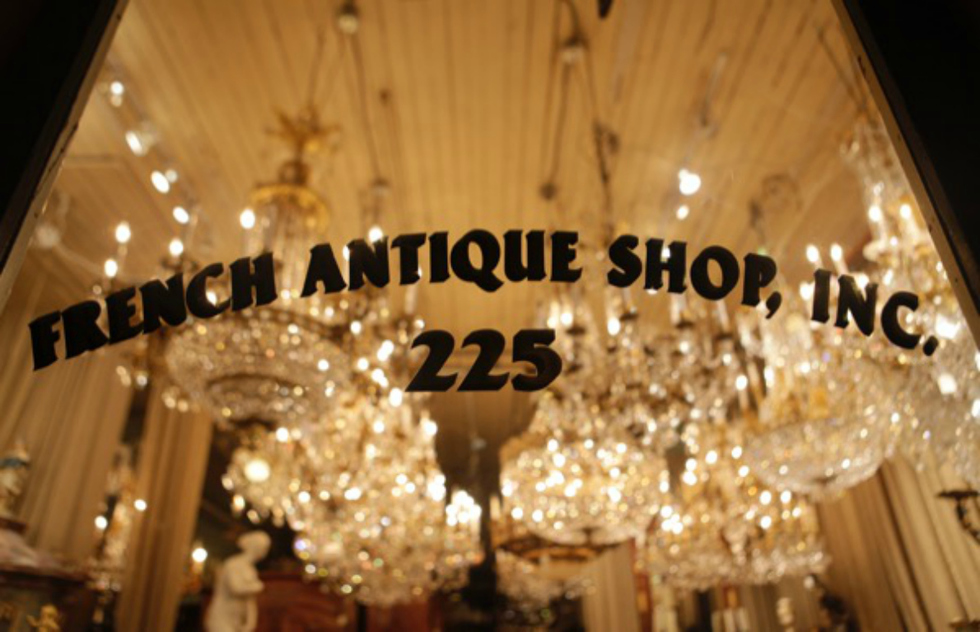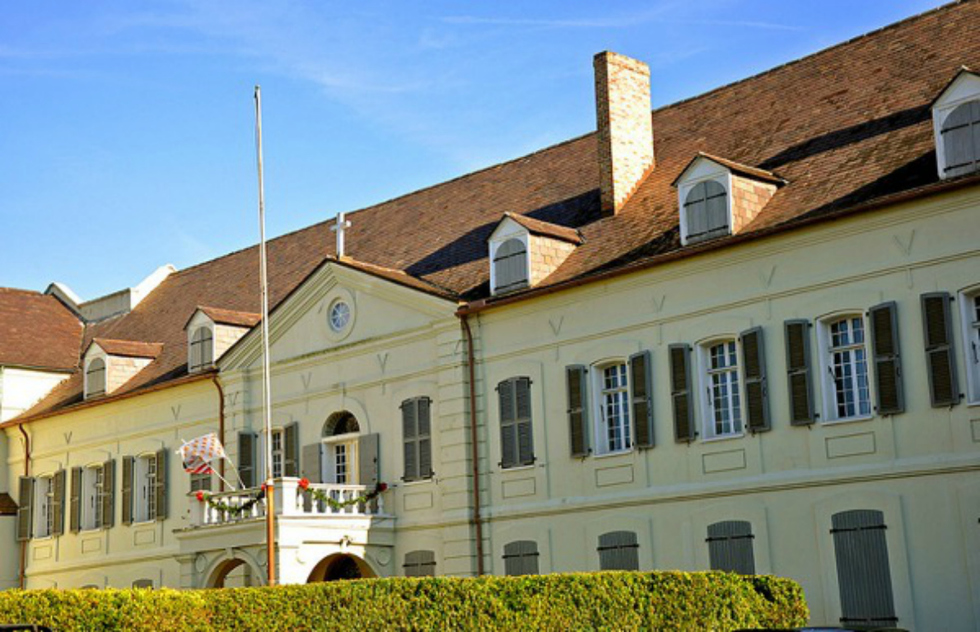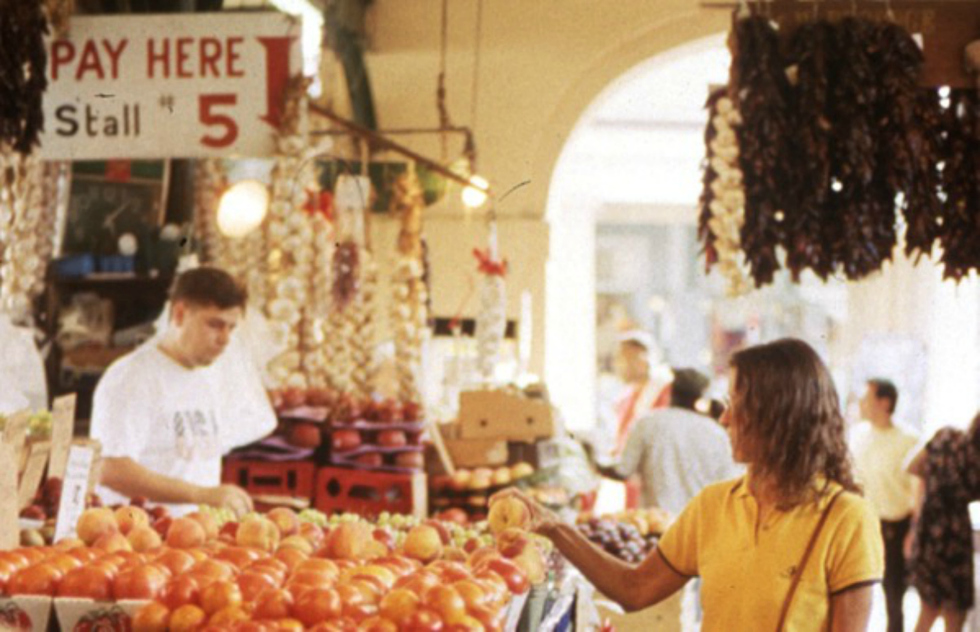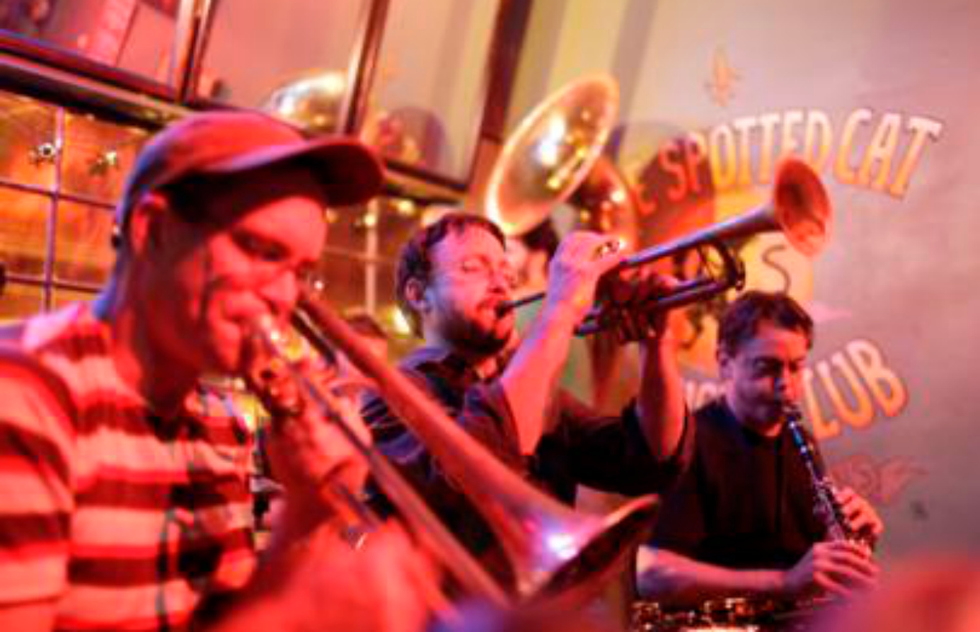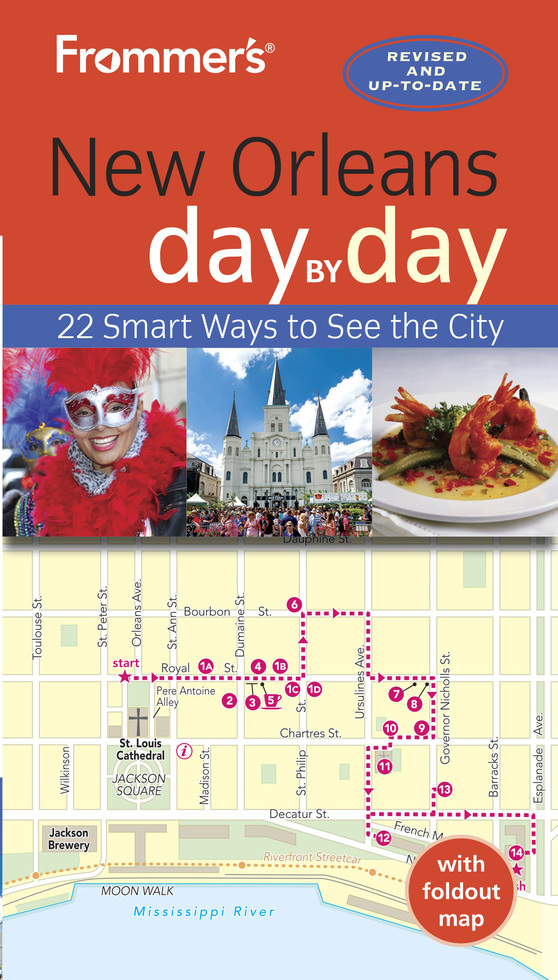What to Do in New Orleans If You Don't Have Much Time
By Diana K. Schwam
If you only have one day in New Orleans, you'll want to spend it in the vibrant, 300-year-old French Quarter, with its endless eyefuls of florid architecture, copious cultural oddities, and stories that seem to emanate from the very streets. In the world-famous heart of the city—also known as the Vieux Carré—you can walk under wrought-iron balconies, peer down brick-lined walkways to steal glances of impressive private courtyards, and tap your toes to a trio of crazy-good street musicians (don't forget to leave them a few bucks). Then cool off in an ancient-looking bar and, “go-cup” in hand, search the shops for the perfect souvenir trinket. That's the overview. Now follow along on our expertly curated tour to get the most out of your limited time in the Big Easy. Laissez les bons temps rouler!
And for more on this fascinating city, check out Frommer's New Orleans day by day.
And for more on this fascinating city, check out Frommer's New Orleans day by day.
Woldenberg Park and Moon Walk
Take in the rolling Mississippi River, public artworks, and maybe a busking sax player as you stroll sleepy, waterside Woldenberg Park. The Moon Walk, a landing overlooking Jackson Square, is named for former mayor Maurice Edwin “Moon” Landrieu.
Jackson Square
In the days when Jackson Square was known as the Plaza de Armas, military parades and public executions were held here. On November 30, 1803, citizens gathered in this spot to learn that Louisiana was once again a French possession. Weeks later, the Louisiana Purchase returned it to America, in the cheapest and largest land grab of all time. These days this is the town square, where artists display paintings, fortunetellers read palms, and the view is as unforgettable as ever.
St. Louis Cathedral
St. Louis Cathedral is the oldest continuously operating cathedral in the U.S., and it's the center of the city’s large Catholic population. The current church building is the third to stand on this spot. A 1722 hurricane demolished the first, and the Good Friday fire of 1788 burned the second.
The Cabildo and Presbytère
On the cathedral's left (and also on the left in the photo above) stands the Cabildo, an excellent history museum; among its most noteworthy holdings: Napoleon’s death mask. When it was constructed in 1795, the building was intended as the Spanish seat of government. Just eight years later, the French turned over Louisiana to the U.S. right here. To the cathedral’s right, the matching Presbetère was erected as the never-used home for church clergy. Today it houses exhibits on hurricanes and Mardi Gras.
Pharmacy Museum
They’ve got leeches, snake oil potions, opium bottles, and torturous-looking antique surgical instruments. The slightly gruesome guided tour of this 1823 apothecary shop, site of the first licensed pharmacist in the U.S., is fascinating.
The Pontalba Apartments
The elegant, Creole European–style buildings alongside Jackson Square were built by Baroness Pontalba as an early show of (girl) power when the American Sector, across Canal Street, was expanding. Pontalba, whose rich and powerful father Don Almonester rebuilt St. Louis Cathedral, left her mark in the cast-iron railing: Look for the entwined “A.P.” initials. The second-story apartments remain coveted real estate today.
Central Grocery
It’s a full Italian deli but what you want is a muffuletta, the famously filling round sandwich packed with cold cuts, cheese, and olive salad. One feeds many—and yes, the deli will ship to out-of-town addresses.
200–1000 Blocks of Royal Street
Antiques, boutiques, galleries, and live art abound on one of the best streets anywhere for window shoppers as well as serious collectors. On the sidewalk, a band of young musicians plays 1920s jazz.
Old Ursuline Convent
Built in 1752 as a convent and school for girls by French nuns of the Sisters of Ursula order, this historic spot houses local Catholic archives dating to 1718. It may be best known for populating New Orleans with a long line of nun-approved good girls—a rare commodity in the lawless, burgeoning city back then.
The French Market
This open-air, European-style market has been here for well over 200 years. Today it has a farmers’ market, food booths, artsy-craftsy goods, and flea market stalls with souvenirs. Stop for a nosh, a trinket, or a cooking demo, recalling that once upon a time, pirates hawked their booty right here.
Frenchmen Street Clubbing
About a dozen clubs reside within 3 blocks, each with its own vibe and live music line-up—from a grubby bar with lowdown blues to an upscale, sit-down room with leading jazzmen. A street full of music lovers, scenesters, and characters soak it all up. This is where you want to be at night.
Frommer's New Orleans day by day
For more on what to do in the city, check out Frommer's New Orleans day by day. Succint and easy-to-carry, the book features scores of full-color photographs, maps (including a foldout one in the back), recommendations for the best hotels, restaurants, and attractions, and suggested itineraries tailored to every type of traveler. Everything you need to make the most of your time during your trip is right here.





